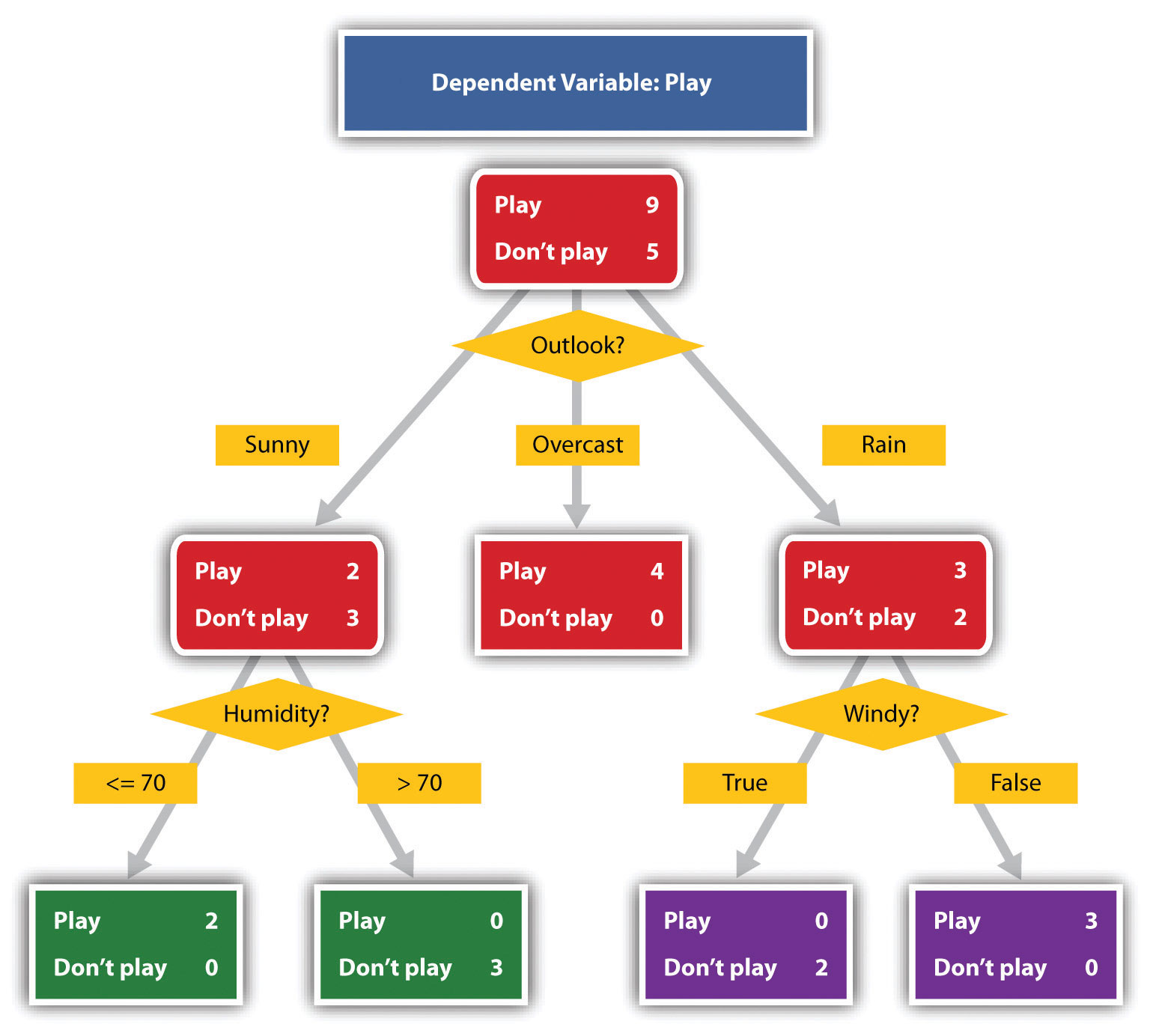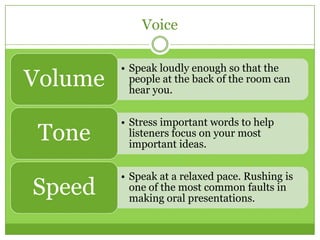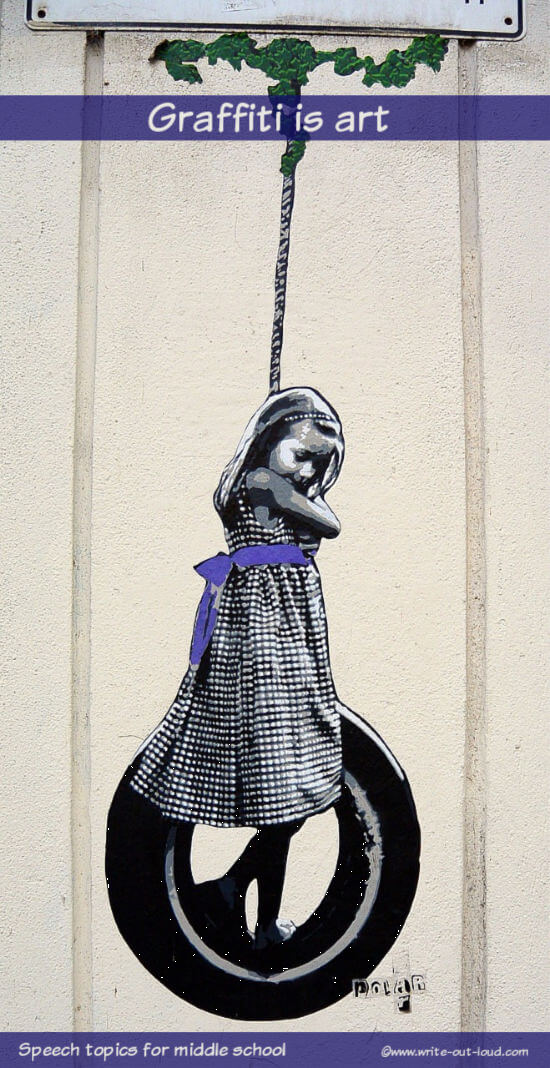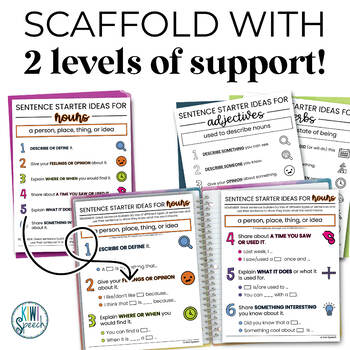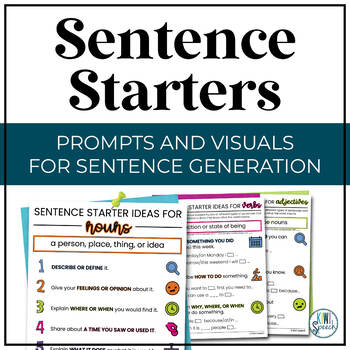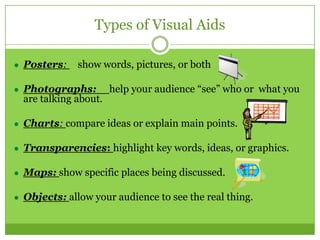Visual speech refers to the use of visual aids, such as gestures, facial expressions, and body language, to convey meaning and enhance verbal communication. These nonverbal cues can play a crucial role in conveying emotion, emphasis, and meaning, and can be especially effective in situations where verbal communication is difficult or impossible, such as when speaking to a large audience or when the listener is deaf or hard of hearing.
One effective visual speech technique is the use of hand gestures. Hand gestures can add emphasis and clarity to spoken words, and can help to convey complex ideas and concepts. For example, holding up two fingers can indicate the number two, while making a sweeping motion with the hand can indicate the concept of "including everything." Hand gestures can also be used to highlight or emphasize key points, and can help to keep an audience engaged and focused.
Facial expressions are another important element of visual speech. A smile can convey happiness, while a frown can convey sadness or disappointment. Raising an eyebrow can indicate surprise or skepticism, and narrowing the eyes can indicate anger or frustration. These nonverbal cues can be used to complement and reinforce verbal communication, and can help to convey emotion and meaning in a more powerful way.
Body language is another important aspect of visual speech. The way we stand, sit, and move can convey a great deal about our mood, attitude, and intentions. For example, standing with good posture and making eye contact can convey confidence and engagement, while slouching or avoiding eye contact can convey disinterest or discomfort. Similarly, crossing the arms can indicate a closed-off or defensive posture, while keeping the arms open can indicate openness and approachability.
In conclusion, visual speech is an important aspect of communication that can enhance verbal communication and convey meaning in a powerful way. By using hand gestures, facial expressions, and body language effectively, speakers can more effectively convey their message and connect with their audience.
